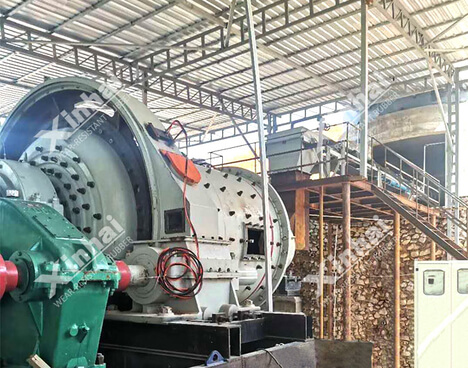If you want to know more information (such as product/process price, etc.), please contact us 24-hour telephone
Quartz has an ultra-high hardness of 9.3 Mohs, near-perfect chemical inertness, and unique piezoelectric properties. Quartz is the material cornerstone of semiconductors, photovoltaic new energy, and high-end optics. The quartz grinding process is the first and most important step in processing quartz. This article introduces the detailed steps of quartz from ore to subdivision.
The first step in quartz grinding is crushing. Jaw crushers and cone crushers are the primary tools for breaking down large quartz ore into smaller, more manageable pieces. Jaw crushers use their powerful gripping force to initiate the size reduction, while cone crushers further refine the particle size. For brittle ores, impact crushers are an energy - efficient choice, reducing energy consumption during the crushing process.
After crushing, the ore enters the grinding stage, where particle size is meticulously sculpted. Ball mills are widely used, with steel balls impacting and grinding the ore to achieve the desired fineness. Rod mills, utilizing steel rods as the grinding medium, are suitable for producing coarser particles. Vertical mills combine crushing and grinding capabilities, ideal for large - scale operations. Stirred mills excel in fine grinding, using intense agitation and media collisions for precise particle size control.

The ground ore slurry doesn't proceed directly to finished goods but undergoes rigorous classification. Spiral classifiers separate particles based on size through the rotation of spiral blades, with heavier particles moving outward and discharging, while finer ones remain in the water and overflow. Hydrocyclones leverage centrifugal force and water flow for efficient fine - particle classification, ensuring uniform product particle size.
To ensure quartz products meet strict particle size standards, screening and closed - loop control systems are essential. Vibratory screens and drum screens act as strict gatekeepers, filtering out particles that don't meet size requirements. Closed - loop control systems function like intelligent brains, constantly monitoring and adjusting the grinding process to maintain consistent product particle size.
Energy saving and efficiency are crucial in grinding processes. High - wear - resistant grinding media extend service life and reduce energy consumption. Frequency conversion speed regulation, high - efficiency motors, and other energy - saving technologies optimize power usage. Automated control systems enhance production efficiency while reducing labor costs.
The quartz grinding process embraces environmental protection. Wet grinding uses water as a medium, significantly reducing dust pollution and creating a healthier workspace. Advanced wastewater treatment ensures discharge compliance, minimizing environmental impact.
The optimization and innovation in quartz grinding processes are steering the industry towards refinement, efficiency, and eco-friendliness. This evolution signifies not only technological advancement but also a commitment to resource respect and environmental responsibility. Choosing our grinding equipment and services means partnering with expertise and progressing towards a sustainable future.